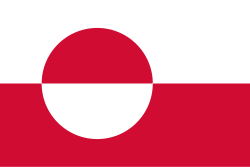Greenland's Melting Ice Reveals Rare Earth Riches Amid Geopolitical Tensions
 Greenland
GreenlandGreenland, an autonomous territory of Denmark, is grappling with one of the highest suicide rates globally, exceeding 80 deaths per 100,000 inhabitants. According to a report by the World Health Organization, this rate has historical roots that began escalating in the 1960s due to societal changes and a loss of identity among the Inuit population, which comprises 90% of the island's 57,000 residents. Many locals, such as Doris Jakobsen, a member of parliament, reveal a pervasive personal connection to the tragedy, noting that nearly everyone knows someone who has taken their life.
Sociologist Maliina Abelsen attributes the surge in suicides to a cycle of alienation stemming from modernization and colonial legacies, which have disrupted traditional Inuit ways of life. The economic conditions in remote communities, compounded by substance abuse and violence, exacerbate the crisis, leading to a "negative spiral" of despair. Efforts by the Greenlandic government, which include mental health hotlines and community support, have struggled to curb the rising numbers. Experts emphasize the necessity of addressing collective trauma to foster healing within the society.
 Greenland
Greenland Greenland
Greenland Greenland
Greenland